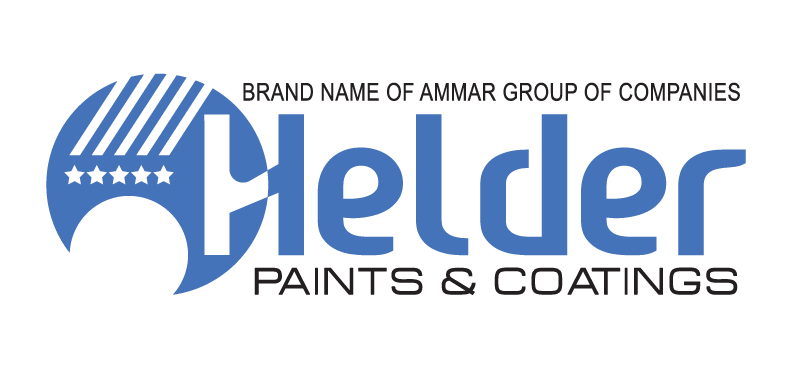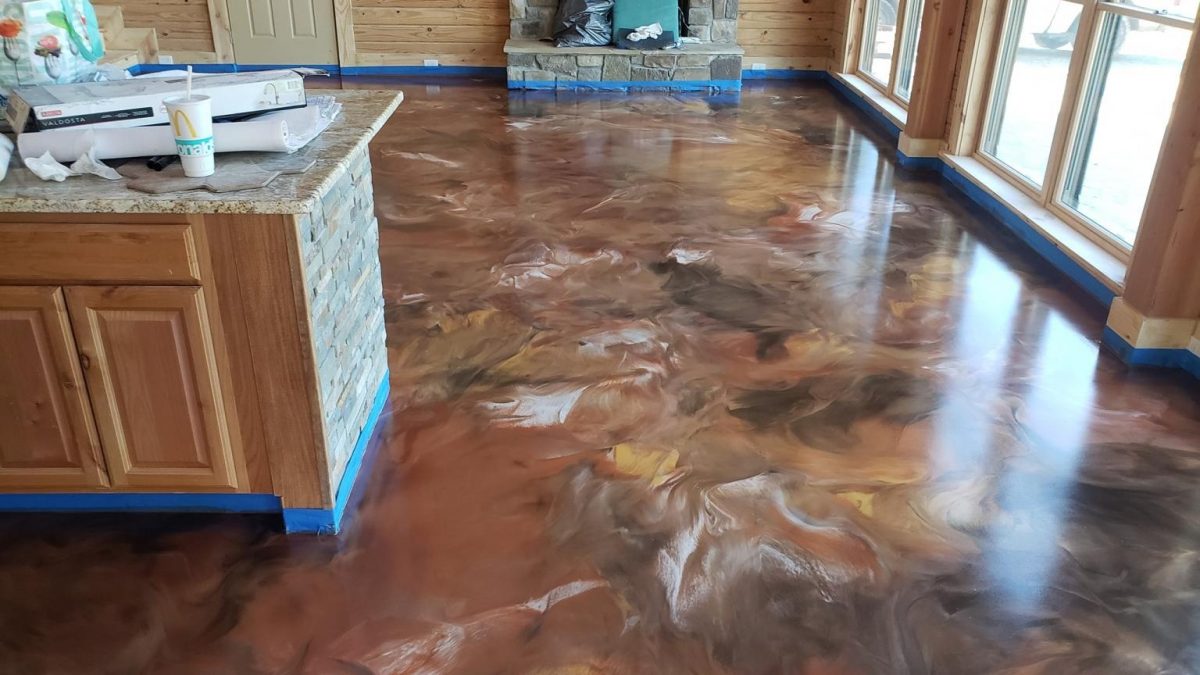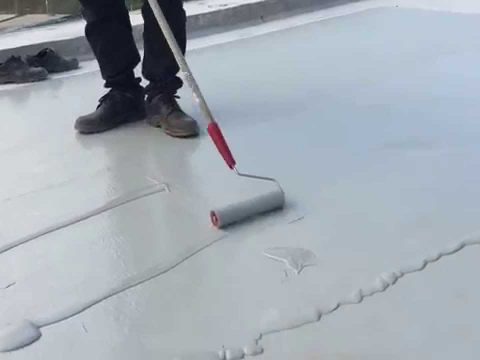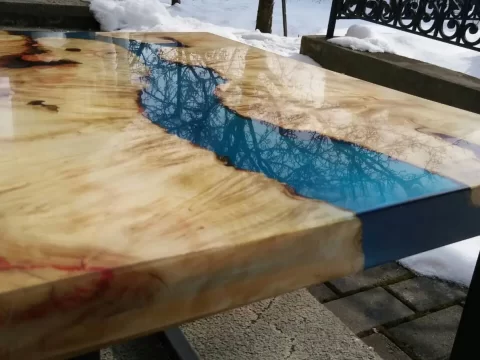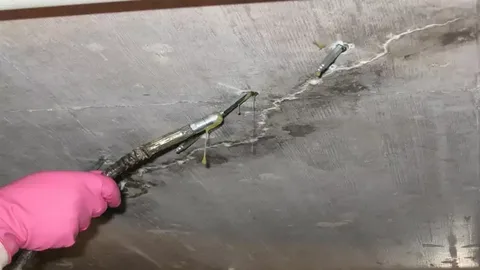- Have any questions?
- +92 31 111 26627
- info@helder.pk
What Is 3D Epoxy Flooring? HELDER Paints & Coatings

Roof Waterproofing Treatment with Right Chemical Choice
October 13, 2021
6 Key Points For Perefect Terrace Waterproofing
December 1, 2021What Is 3D Epoxy Flooring HELDER Paints & Coatings
Introduction
While the term, “3D Epoxy Flooring”, may occasionally be heard around commercial construction sites, individuals outside the industry may well wonder what this new flooring trend is all about. After all, the average user or building occupant typically thinks about floor surfaces in terms of length and width, that is, two dimensions or “2D”. However, the latest floor coating technologies and installation techniques are changing all that, bringing exciting new visual depth to otherwise flat surfaces in the form of “3D Epoxy Flooring”. Let’s explore how this came about.
Before 3D Epoxy Flooring
The fact that resinous epoxy flooring can be an exceptional option for nearly every type of facility—from manufacturing plants and hospitals to fire stations and restaurants—has been known for years. Depending on formulation and system design, epoxy and other resinous flooring can be impressively durable and demonstrate excellent chemical and impact resistance, as well as high compressive strength. Other options include moisture vapor mitigating primers, static control systems and thermal shock resistant urethane mortars, enabling these floors to withstand the broad range of challenges found in today’s industrial environments.
Epoxy and other resinous flooring is virtually seamless and can be installed with a floor-to-wall cove base and the correct slope for liquids to flow smoothly toward floor drains. Cleaning and maintenance is easy and economical, as the systems require no waxing or polishing. Regular sweeping and mopping or agitation with a soft bristle automated scrubber generally do the trick.
Epoxy and other resinous flooring from quality manufacturers has long been available in a spectrum of standard and special order solid colors that skilled installers combine to produce countless designs. And the addition of multi-colored flakes or ceramic-coated quartz particles further broadens the extensive palette. By including such decorative aggregate blends, installers can not only enhance the level of traction for improved safety, but can take their floor’s already highly-attractive appearance to new heights.
There are even UV-resistant topcoats to prevent yellowing, fast-cure formulations to minimize downtime and products with low to no VOCs
which can make your project eligible for LEED Green Building credits.
Who could ask for more?
Goodbye Acid-Stained Concrete
Despite the many options offered by the resinous flooring industry, commercial and industrial facility designers are always seeking something new. Thus, acid stained concrete floors came into vogue. The staining delivered a luxurious richness by infusing the concrete surface with an organic-looking, multi-hued luminosity that could achieve a wide variety of effects, from marbling to the appearance of natural stone. While this new concrete surface treatment initially created a great deal of industry buzz, thanks in part to some of the beautiful photos used to promote acid staining in various trade journals, it was not necessarily a good choice for commercial and industrial applications – and certainly could not address many of the serious flooring issues so efficiently handled by high performance epoxies and resinous coatings.
In fact, in some ways acid-stained concrete led to some significant problems for facility managers. For example, the results of acid staining can be quite unpredictable, depending on the porosity and condition of the concrete substrate. Although the intent may be to create a loosely flowing marbling effect within specific parameters of color and size of veining, these are not always controllable with acid staining. Additionally, the staining treatment often highlights defects and imperfections in the slab, including any squared off or oddly shaped patches and repaired areas. In addition, the compatible clear sealers used to protect stained concrete are generally lighter duty coatings that can wear away quickly in higher traffic commercial settings. Unless rebooted frequently, the staining and color can be quickly reduced to bare concrete, especially in walkways and traffic lanes.
Over time, it’s become obvious to many specifiers and facilities that the relatively short lifespan and replacement cost of stained concrete floors makes them unsuitable for many commercial and industrial applications.
Metallic Epoxy Floors Offer the Best of Both Worlds
Imagine having both the properties of high performance epoxies and other fluid-applied resins—including longevity and value—and the beautiful, three-dimensional look of marble. With the advent of 3D epoxy metallic floor coatings, this is now achievable.
It all begins with industrial grade epoxy and other resinous coatings, combined with innovative, shimmering “metallic” powder elements. The look can be similar to the best artistically stained concrete, yet provide far more benefits.
A major plus of the new metallic epoxy floors – especially those by high quality manufacturers — is that the result of a given installation can be more predictable. Facilities can be provided with a reliable sample of what they can expect upon completion. In addition, the best among the 3D epoxy flooring systems hide, rather than highlight, patches and porous areas in the concrete. Extensive concrete repair and resurfacing can be nicely hidden underneath a beautiful metallic epoxy floor.
Graphics in 3D Epoxy for Even Greater Design Impact
While the new use of 3D metallic epoxy has brought the options for design and the possibilities for having a floor that truly makes a statement to a whole new level, the addition of graphics to 3D epoxy surfaces has raised the stakes even higher. This exciting technology allows installers to embed logos and branding or other images directly under a clear topcoat, lending an element of surprise that will have your customers and employees doing double takes.
For example, a municipal aquarium may choose to have a beautiful image of the ocean floor, including enlarged sea creatures, greenery and flowing water, embedded into their floor to further enhance their 3D epoxy flooring system. Or a resort in the north woods may want to bring a smile to their guests’ faces with a humorous, tongue-in-cheek image of a mosquito on the floor. The options are truly unending.
Why Select Helder Paints & Coating for Your 3D Epoxy Installation
Experience counts. Helder paints & coatings has been dedicated to the research and development, production and installation of concrete floor coating products and systems for commercial and industrial use for decades. Our name is synonymous with innovation and reliability in facilities through Pakistan and other locations around the globe.
To find out more about how a 3D epoxy or other resinous floor coating can provide your facility with high performance, high design and optimal value, call a Helder professional today.
